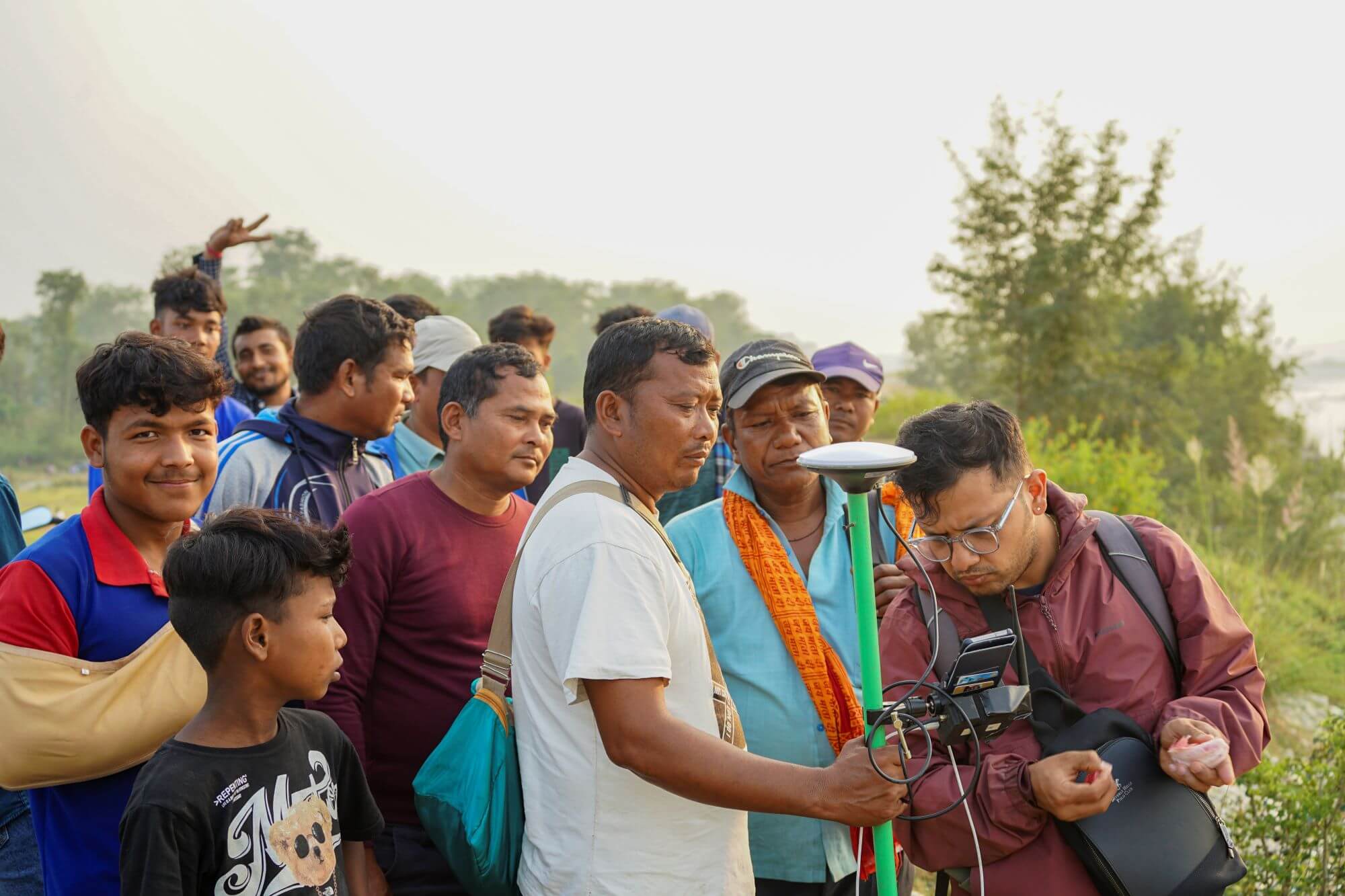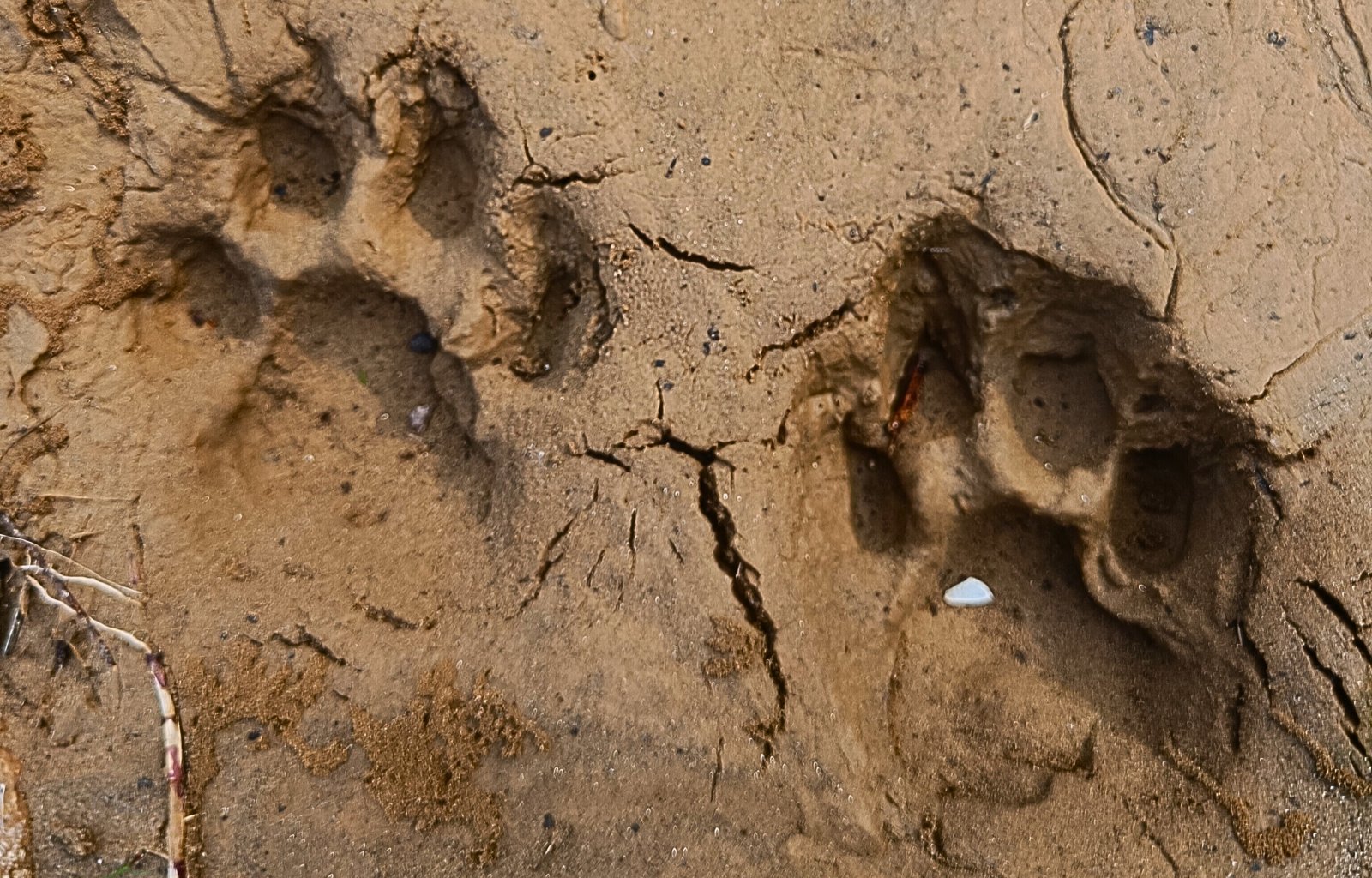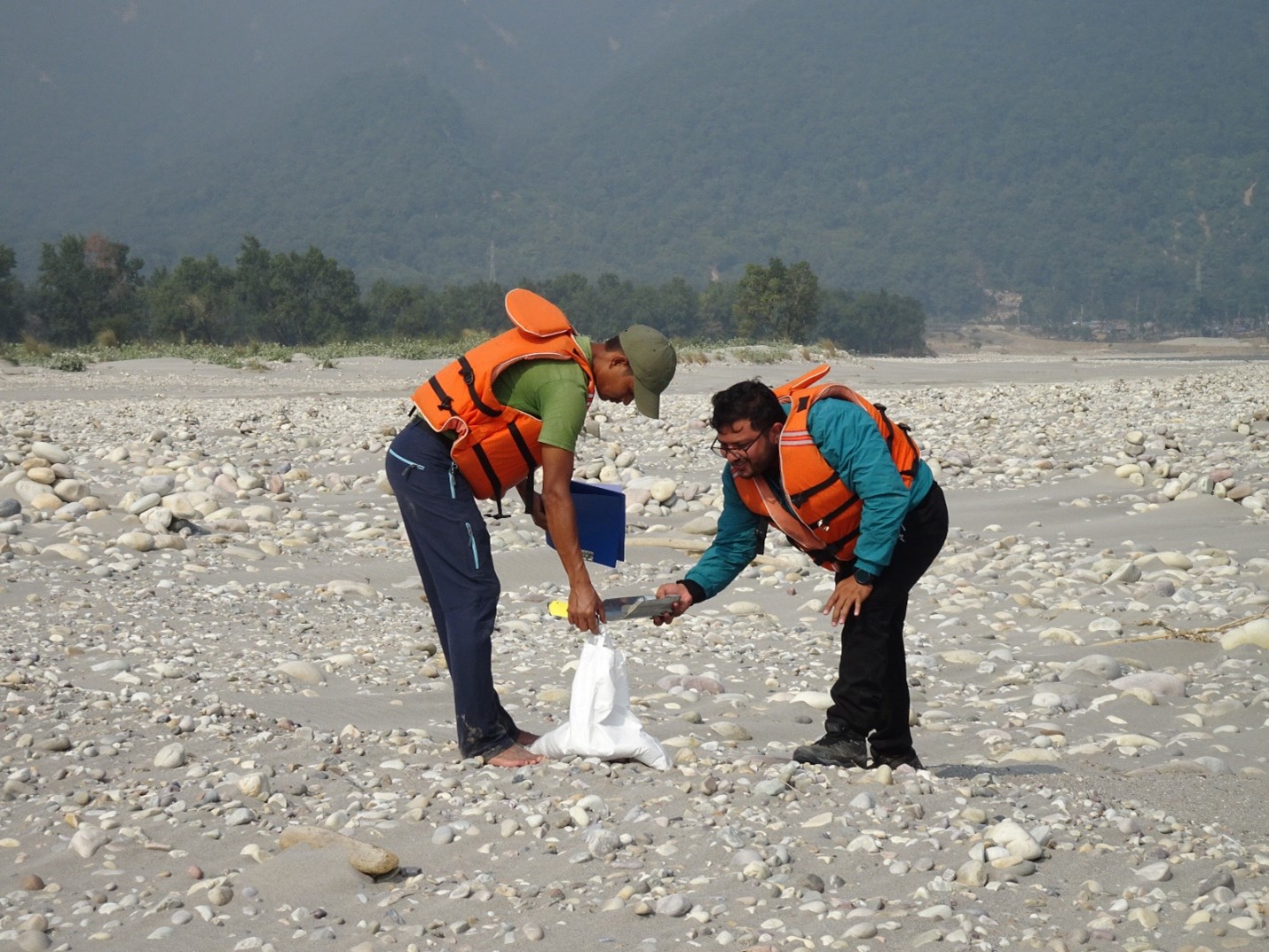The serious game RiverSideVillage is based on fieldwork on human – water – wildlife interactions around Karnali and Giruwa River and ...


The serious game RiverSideVillage is based on fieldwork on human – water – wildlife interactions around Karnali and Giruwa River and ...

On October 10th, the Graduate School for Production Ecology and Resource Conservation (PE&RC) hosted its annual PE&RC Day, themed: “PE&RC ...

Congratulations to Sakshi Rao Palimar, a master student from Vrije Universiteit Amsterdam (VU) who recently finished his Master thesis on plant preferences ...

A river in the foothills of the Himalayas separates tigers and farmers and nurtures both wildlife and agriculture. But now that the river is drying up, ...

There are less than 4000 wild tigers alive in the world today. The foothills of the Nepalese, Indian and Bhutanese Himalayas are particularly important for ...

On his quest to map the consequences of climate change, mountain hydrologist Walter Immerzeel and his team venture to heights where other scientists do not ...

By Jitse Bijlmakers, Jasper Griffioen and Derek Karssenberg Disturbance-dependent grasslands, often associated with hydromorphological and fire dynamics, ...

By Kshitiz Gautam, February 2023 The Himalayan rivers emerge out of the mountains into the flat lands of Nepal, India and Bhutan. This landscape is called ...

By Kshitiz Gautam, Mathieu E. Roebroeck, Thom Bogaard, Astrid Blom – April 2023 Faculty of Civil Engineering and Geosciences, Delft University of ...

Jeroen Rijke, March 2023 How to understand human-water-wildlife interactions along rivers systems of the Terai (Nepal) and support a shift towards ...